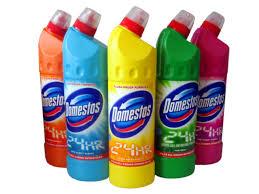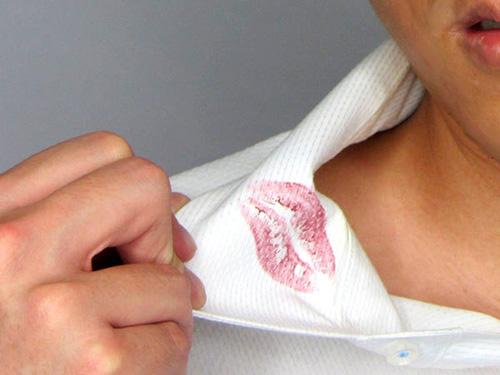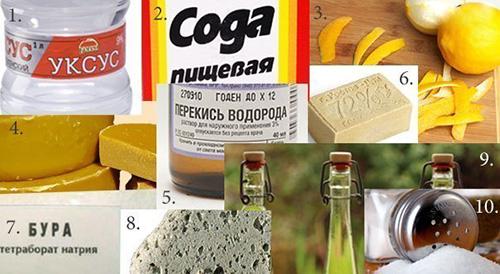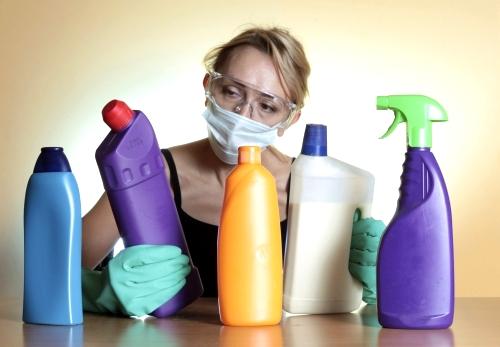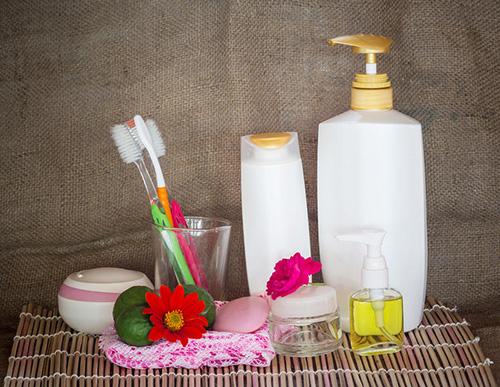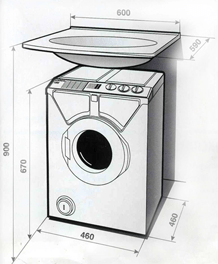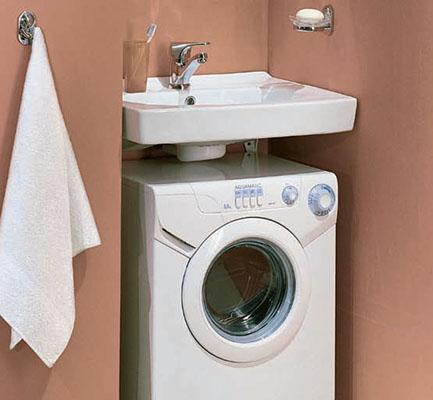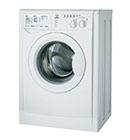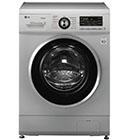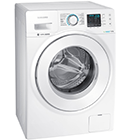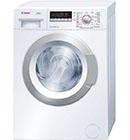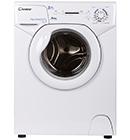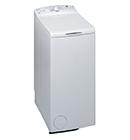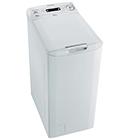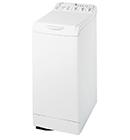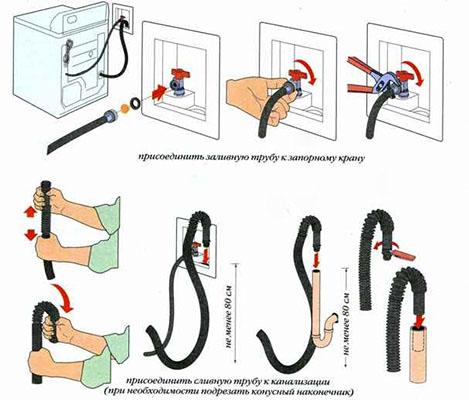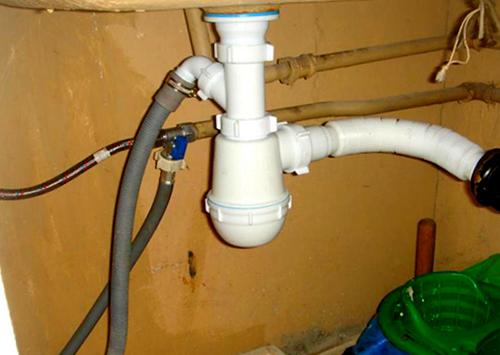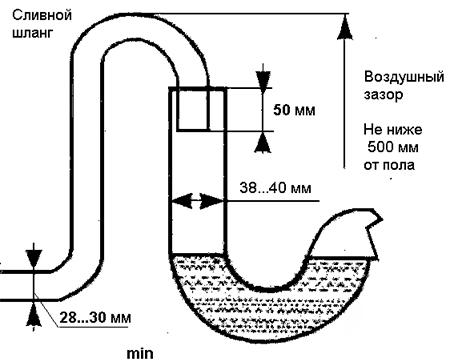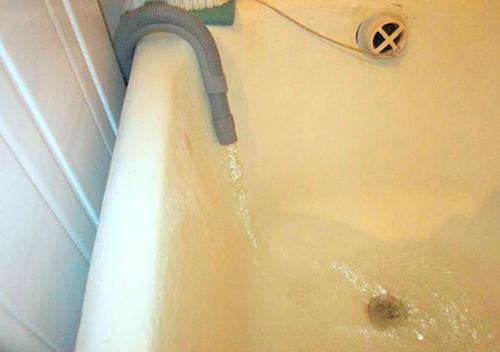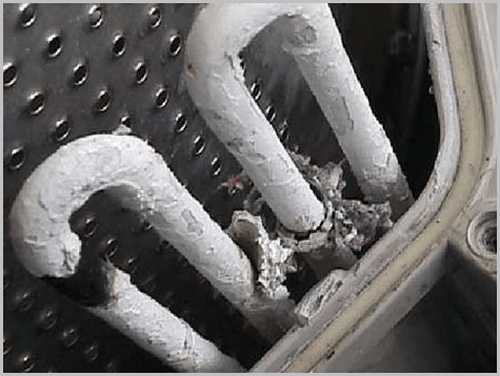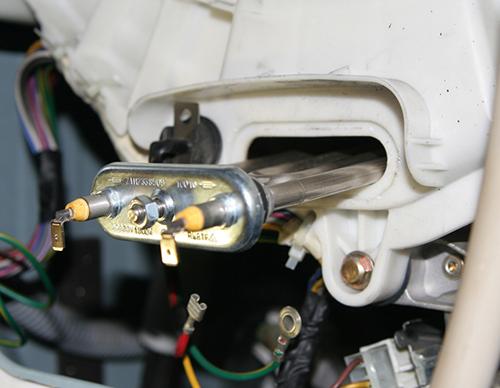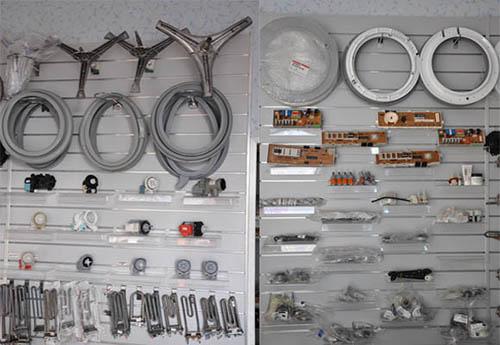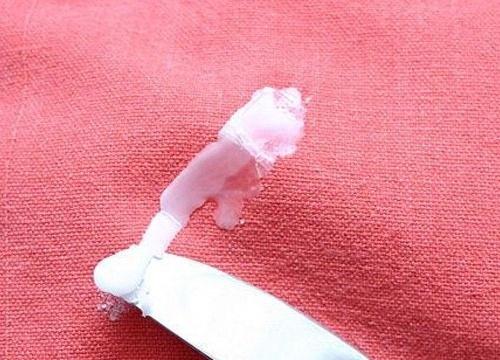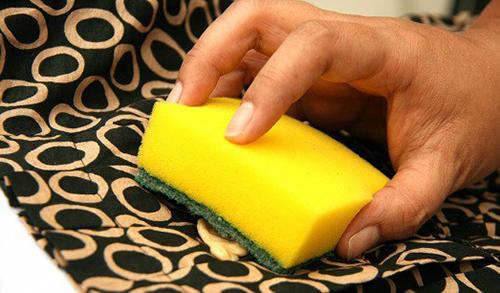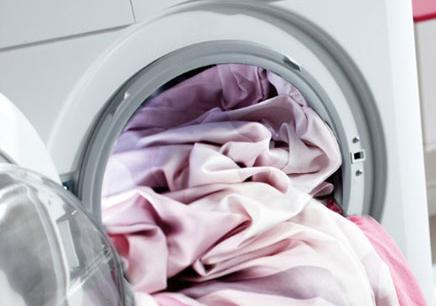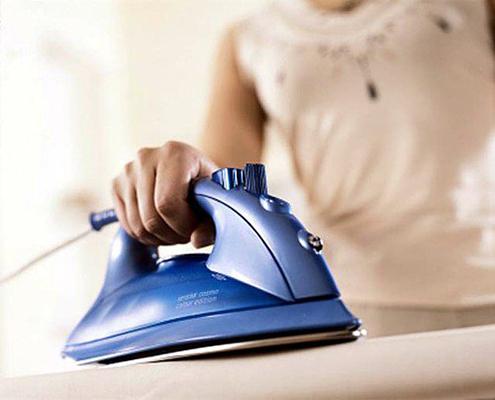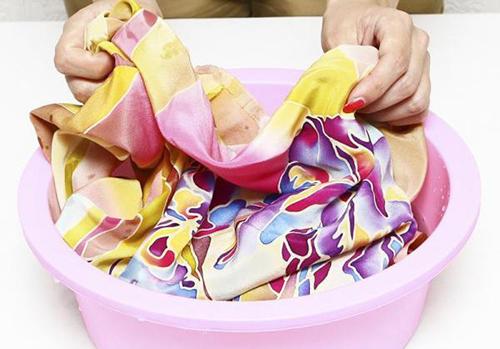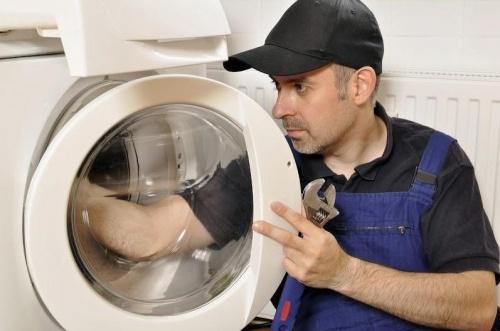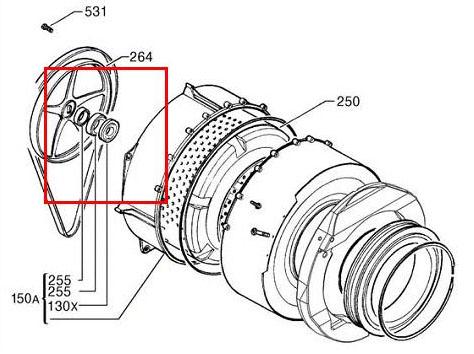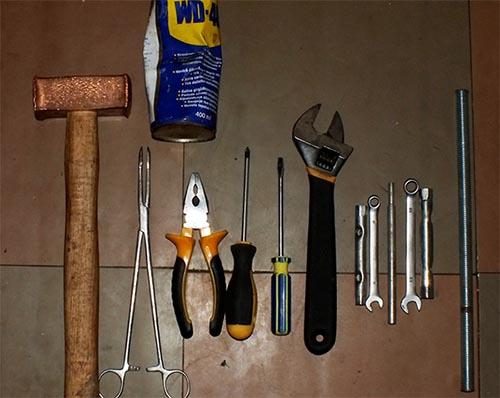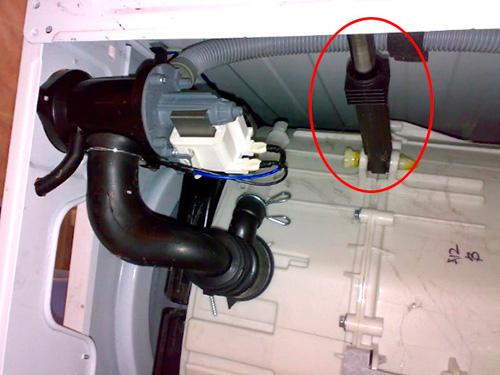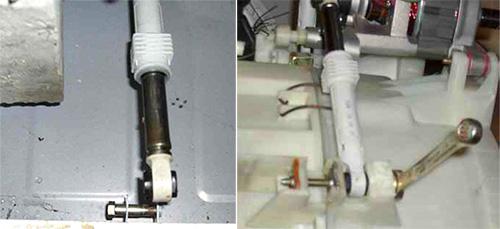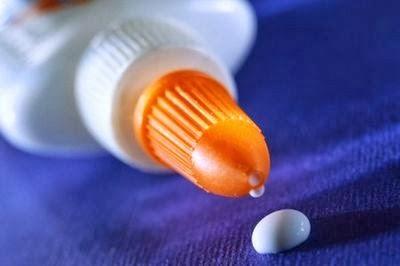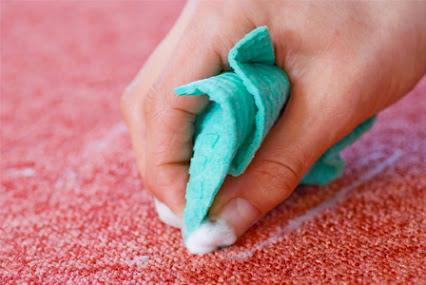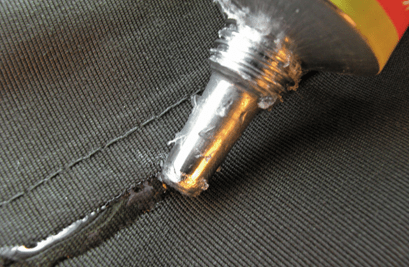Blinds are a modern and practical replacement for traditional curtains and curtains. This element of decor is loved for unpretentiousness and ease of cleaning. We will understand the nuances of hand washing, is it also possible to wash vertical blinds in a washing machine, how to do this without harm to the slats. And if you prefer Roman or other types of curtains, then find out how to wash curtains in a machine, you can from our other article.
What blinds can be washed?
Aluminum and plastic products, bamboo lamellas, wooden parts, elements containing fiberglass are not machine washable. Such blinds are simply wiped with a damp cloth and vacuumed. Such products are not dismantled and cleaned on site. Jacquard slats are processed only by hand. Wash in washing machine only synthetic vertical fabric blinds.
General rules

In theory, blinds need to be vacuumed once a season, wet cleaning should be done every six months. In practice, it all depends on the conditions of your region. Regular ventilation, leaky joints of the frame and glass (relevant for wooden structures) and other factors help to accumulate dust faster. Anyway wet cleaning should be carried out regularly, and clean the appeared stains immediately.
It is rather problematic to wash the slats in a suspended state and there is a great chance to acquire soap stains, so it is worth dismantling them.To remove the lamellas, you need to "open" the system. Most models require a separate detachment of the top mounting bar to access the elements. After disassemble the slats in batches for easy cleaning. If necessary, remove visible dust with a damp cloth or vacuum cleaner.
Machine wash
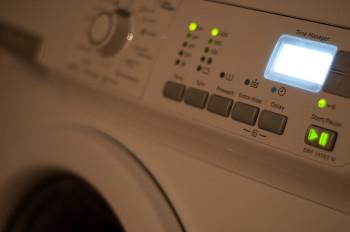
Absolutely any synthetic fabrics are machine washable, and the ease and ease of the procedure captivates. But it should be taken into account that only synthetic products, not plastic, machine washable. In order not to spoil the lamellas, follow the sequence:
- Remove the elements, inspect for heavy dirt and stains. If necessary, wash dirty or greasy traces by hand - the machine will not cope with this. If heavily soiled, soak the slats in warm soapy water for half an hour.
- Narrow vertical lamellas of 6-7 pieces are rolled up and placed directly into the drum. Wide ones are twisted in 5-6 elements - it depends on the volume of the machine, the width and density of the "bands". To make the process as safe as possible, the product can be placed in a spacious laundry bag or pillowcase.
- For washing, use a soft liquid powder without chlorine and aggressive ingredients. The concentrates are preliminarily diluted with a small amount of water and poured into a tray. Bleaches and stain removers are an absolute taboo.
- Select delicate or hand wash. The water temperature should not exceed 30-40ºC, otherwise the material will deform. It is advisable to turn off the spin or set at your own peril and risk a minimum value of 400 rpm.
- To dry the slats is already hung or on a horizontal flat surface. A clothes dryer would be the best option. It is not worth hanging the product in the bright sun.
- If the lamellas begin to curl in the dryer, smooth them out by hand. Pressing down with foreign objects and making efforts is not worth it. After drying, iron at the lowest temperature using a light-colored cotton cloth or gauze.
Manual cleaning
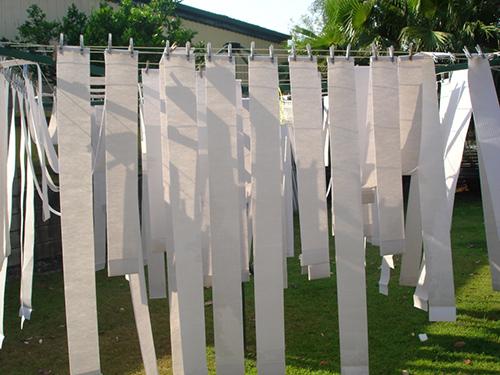
A more gentle and reasonable option is hand washing. There are two options here: perform the wonders of acrobatics and clean the canvas on the spot, or remove the elements and send them to the bath.It is more convenient to carry out water procedures in the bathroom.
What to arm yourself with to wash fabric blinds at home? A specialized product or composition for cleaning furniture and carpets is the best choice in this situation. Even a neutral detergent or gel / shampoo for washing baby clothes will do. The main guidelines are the absence of bleaching particles or chlorine in the composition, a liquid consistency, since powder formulations are more problematic to dissolve in water. An elastic cloth or a soft brush will do as a working tool. Keep brushes that are hard and scratchy away..
So, the procedure is:
- dismantle "piece by piece" elements;
- put them in the bath and rinse abundantly from the shower with warm water (30-40ºC);
- separately dilute a small amount of the product in warm water, dip into the “aggregate” solution;
- walk with soft movements along the canvas, leave for 10-20 minutes to soak the dirt;
- periodically wash off the foam and start again;
- rinse thoroughly, let the water drain.
After the procedure, lay out the elements on a horizontal surface or clothes dryer. If the number of free hands allows, fix the canvas in its usual place while still wet.
Dry cleaning: is it worth it?
In what cases it is worth contacting a dry cleaner:
- with severe pollution, with which they cannot cope on their own;
- if you are not familiar with the material and you cannot accurately determine its type;
- if necessary, reduce the stain on the product for which washing is contraindicated;
- with a high price of the product, the presence of additional decorative elements or a complex coating.
If you doubt your abilities, take the lamellas to the dry cleaners. Modern equipment and cleaning products will do the trick. The same advice can be given if you are not sure whether how to wash a jacket at home.



